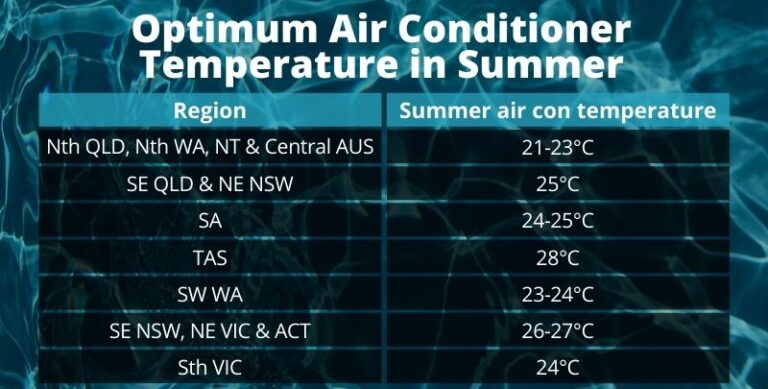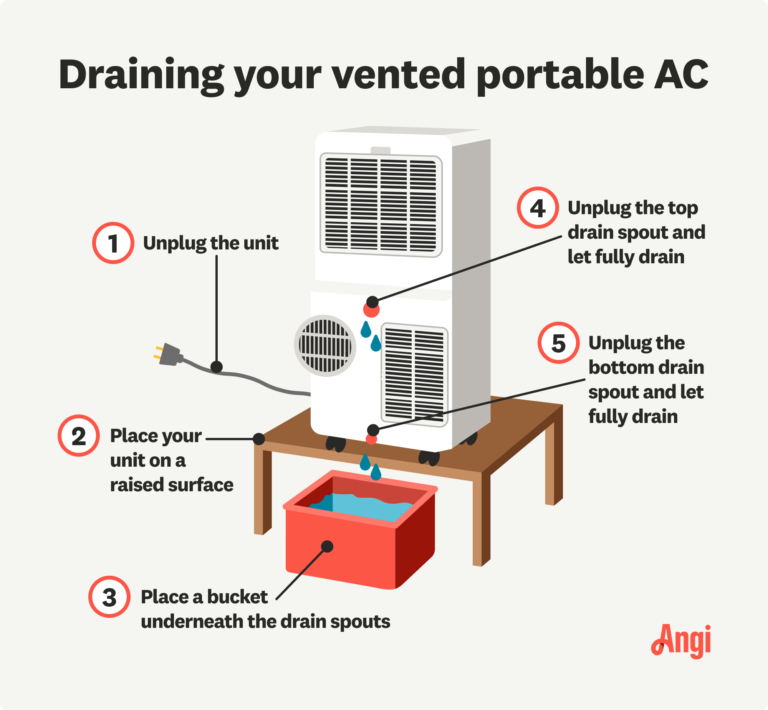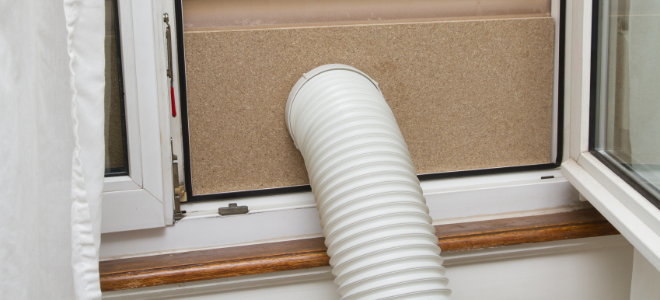Should My Air Conditioner Fan Be On Auto Or On: Best Settings Revealed
Setting your air conditioner fan to “Auto” is generally more efficient than keeping it “On.” “Auto” mode reduces energy consumption and wear and tear.
Choosing the right setting for your air conditioner fan can impact your energy bills and comfort. The “Auto” setting turns the fan on only when the system is actively cooling or heating, which saves energy. “On” mode keeps the fan running continuously, providing consistent airflow but using more electricity.
Understanding these differences can help you make an informed decision based on your needs. An efficient system can lower utility costs and extend the life of your HVAC unit. Make sure to consider your comfort preferences and energy-saving goals when selecting the fan mode.

Credit: weikleshometownhvac.com
Auto Mode Benefits
When deciding whether to set your air conditioner fan to Auto mode, it’s essential to understand the benefits. Auto mode can offer numerous advantages, particularly in terms of energy efficiency and maintaining consistent temperature. Let’s delve deeper into these benefits.
Energy Efficiency
Setting your air conditioner fan to Auto mode can greatly enhance energy efficiency. The fan runs only when the cooling system is active. This reduces unnecessary energy consumption. By only operating when needed, your system saves power and lowers electricity bills.
Here is a comparison table to illustrate energy savings:
| Fan Setting | Energy Consumption |
|---|---|
| On | Higher |
| Auto | Lower |
Consistent Temperature
Auto mode helps maintain a more consistent temperature throughout your home. The fan only runs when the system is cooling or heating. This ensures that the temperature remains steady.
Consider these key benefits of consistent temperature:
- Improved comfort
- Reduced wear on the system
- Balanced indoor climate
With a steady temperature, you enjoy a more comfortable living environment. It also prevents the system from overworking, which can extend its lifespan.
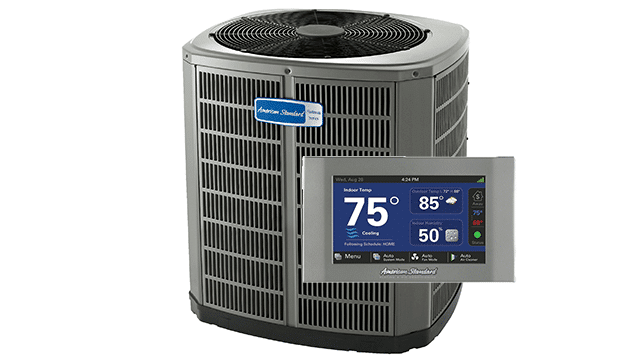
Credit: www.hydesac.com
On Mode Benefits
Choosing the right setting for your air conditioner fan can impact efficiency and comfort. The ‘On’ mode offers several unique benefits that you may find appealing.
Improved Air Circulation
Using the ‘On’ mode helps maintain a steady flow of air throughout your home. This can prevent hot and cold spots, making each room more comfortable. Constant air movement can also help reduce indoor humidity levels.
Enhanced Air Filtration
With the fan on continuously, your air filter works non-stop. This leads to better air quality as more particles get trapped in the filter. It is especially beneficial for allergy sufferers. Cleaner air means fewer allergens circulating in your home.
Energy Consumption
Deciding whether your air conditioner fan should be on Auto or On mode impacts energy consumption. Understanding this helps save on energy costs and reduces environmental harm.
Cost Implications
Setting your air conditioner fan to Auto mode can help lower energy bills. The fan runs only when the cooling system is active. This reduces unnecessary energy use, leading to cost savings. On the other hand, On mode keeps the fan running continuously. This increases energy consumption and raises electricity bills.
Here’s a simple comparison:
| Mode | Energy Consumption | Cost Implications |
|---|---|---|
| Auto | Lower | Reduced Costs |
| On | Higher | Increased Costs |
Environmental Impact
Choosing the right fan setting also affects the environment. Using the Auto mode reduces energy consumption. This helps lower carbon emissions. It contributes to a healthier planet. Continuous use of the fan in On mode leads to higher energy usage. This increases your carbon footprint. It’s less eco-friendly.
Consider these environmental factors:
- Lower energy use equals fewer emissions.
- Reduced carbon footprint benefits the environment.
- Auto mode is more sustainable.
Choosing the right setting for your air conditioner fan impacts both your wallet and the planet.
Indoor Air Quality
Indoor air quality is crucial for a healthy home environment. It affects your family’s health and comfort. Choosing the right setting for your air conditioner fan can significantly impact indoor air quality.
Pollutant Reduction
The fan setting plays a vital role in reducing indoor pollutants. Setting the fan to Auto ensures it runs only during cooling cycles. This helps to filter out dust, pollen, and other allergens effectively. Auto mode reduces the fan’s wear and tear, ensuring it performs optimally.
When the fan is set to On, it runs continuously. This could lead to the recirculation of pollutants within your home. While this might seem beneficial, it can actually spread pollutants more evenly throughout the house. Therefore, Auto mode is often the better choice for pollutant reduction.
Humidity Control
Humidity levels can significantly impact indoor air quality. Proper humidity control prevents mold growth and reduces dust mites. Setting the fan to Auto can help control humidity levels more efficiently. This is because the fan stops running when the cooling cycle ends, allowing moisture to drain out effectively.
In contrast, setting the fan to On can cause excess humidity. The continuous operation of the fan can re-evaporate moisture into the air. This can make your home feel more humid and uncomfortable. For better humidity control, Auto mode is generally the preferred setting.
| Fan Setting | Benefits |
|---|---|
| Auto |
|
| On |
|
System Longevity
Choosing the right setting for your air conditioner fan impacts system longevity. Understanding how the fan setting affects wear and tear, and maintenance needs is crucial. Let’s explore these aspects to make an informed decision.
Wear And Tear
The fan setting influences the wear and tear on your air conditioning system. Setting the fan to “On” keeps it running continuously. This can lead to more mechanical stress. Parts like the motor and fan blades work harder and wear out faster.
On the other hand, using the “Auto” setting means the fan runs only when the system is cooling or heating. This reduces the strain on the components. Less wear and tear means a longer lifespan for your air conditioner.
Maintenance Needs
Maintenance needs vary with the fan setting. A fan set to “On” collects more dust and debris. This requires more frequent filter replacements and cleaning. Dirty filters can hinder airflow and reduce efficiency.
With the “Auto” setting, the fan runs less often, which means less dust accumulation. This reduces the frequency of maintenance tasks. It also helps maintain optimal efficiency of the system.
Here’s a quick comparison:
| Setting | Wear and Tear | Maintenance Needs |
|---|---|---|
| On | Higher | More Frequent |
| Auto | Lower | Less Frequent |
Choosing the “Auto” setting can extend the life of your air conditioner. It also reduces the need for frequent maintenance.
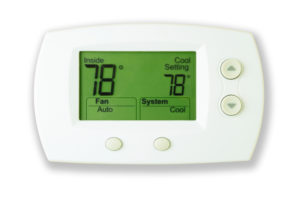
Credit: www.climatecare.com
Seasonal Considerations
Understanding the right settings for your air conditioner fan can save energy and improve comfort. The optimal settings vary by season. Let’s explore the best settings for summer and winter.
Summer Settings
During the hot summer months, set your air conditioner fan to Auto. This setting ensures the fan runs only when the system cools the air. It helps maintain a consistent temperature throughout your home.
When the fan is on Auto, it cycles on and off with the compressor. This reduces energy consumption and extends the lifespan of your unit. A table below highlights the key benefits:
| Fan Setting | Benefits |
|---|---|
| Auto | Energy-efficient, consistent cooling, longer unit life |
Using the On setting keeps the fan running constantly. While it can circulate air better, it increases energy bills and wear and tear on the fan.
Winter Settings
In the winter, the air conditioner fan setting should also be on Auto. This setting helps in evenly distributing warm air from your heating system. It ensures the fan only runs when needed, conserving energy.
For homes with a heat pump, keeping the fan on Auto is crucial. It allows the system to work efficiently and maintain a comfortable temperature. Below are the advantages:
- Improved energy efficiency
- Reduced operational costs
- Balanced indoor temperature
Setting the fan to On during winter can lead to cold drafts. It can also increase your heating bills. Therefore, Auto is the best option for both seasons.
Expert Recommendations
Choosing the right setting for your air conditioner fan can be confusing. Experts offer valuable guidance to help you decide. Their advice ensures your home stays cool efficiently.
Hvac Specialist Advice
HVAC specialists recommend using the Auto setting for most homes. The Auto setting allows the fan to operate only when the cooling system is running. This helps save energy and reduces wear on the fan motor.
Specialists also note that the On setting can be useful in specific situations. For example, the On setting can help with air circulation and improve indoor air quality. However, it can increase energy consumption and wear out the fan faster.
| Setting | Benefits | Drawbacks |
|---|---|---|
| Auto |
|
|
| On |
|
|
User Testimonials
Many users share their experiences with fan settings. Here’s what they say:
- John: “I prefer the Auto setting. It saves me money on energy bills.”
- Mary: “The On setting helps with my allergies. I feel the air quality is better.”
- Sam: “Using Auto keeps my home comfortable without overworking the system.”
Frequently Asked Questions
Is It Better To Run The Ac On Auto Or Fan?
Running the AC on auto is more efficient. It adjusts cooling and fan speed automatically, saving energy and maintaining comfort.
Is It Better To Have The Ac Fan On Auto Or Manual?
Setting the AC fan to auto is generally better. It saves energy by running only when cooling or heating is needed.
Is Auto Mode Good For Ac?
Yes, auto mode is good for AC. It adjusts temperature and fan speed automatically, ensuring optimal comfort and energy efficiency.
Conclusion
Choosing between auto and on for your air conditioner fan depends on your needs. Auto mode saves energy and reduces wear. The “on” setting provides consistent airflow and can improve air quality. Consider your priorities to make the best choice.
Regular maintenance ensures optimal performance and longevity of your system.


